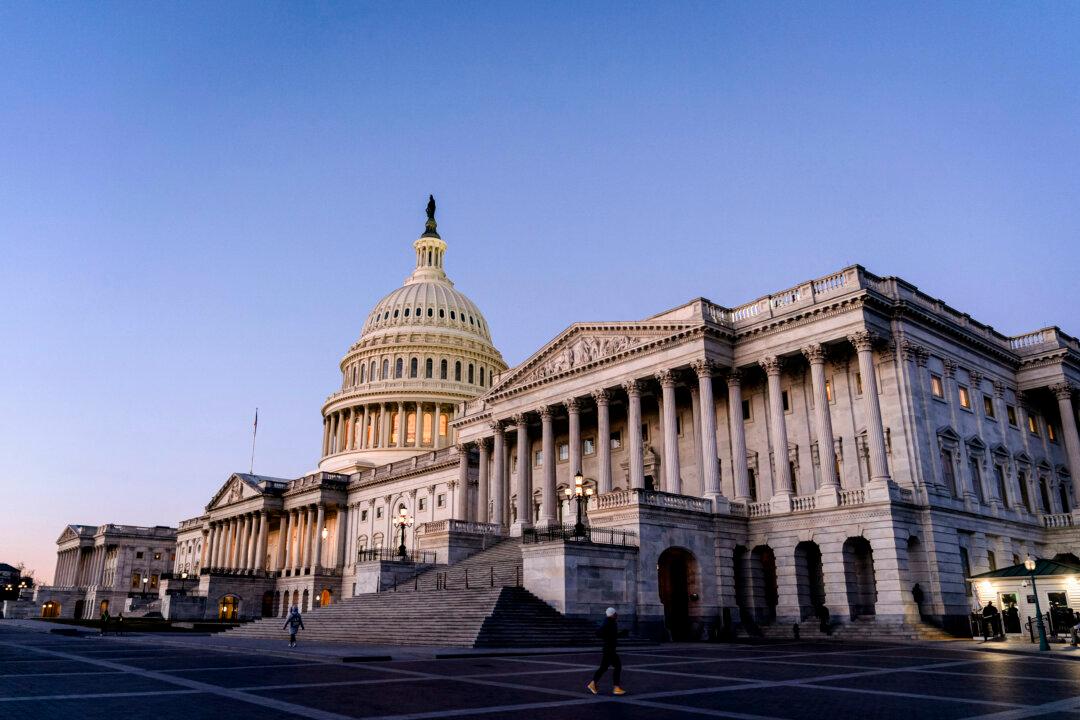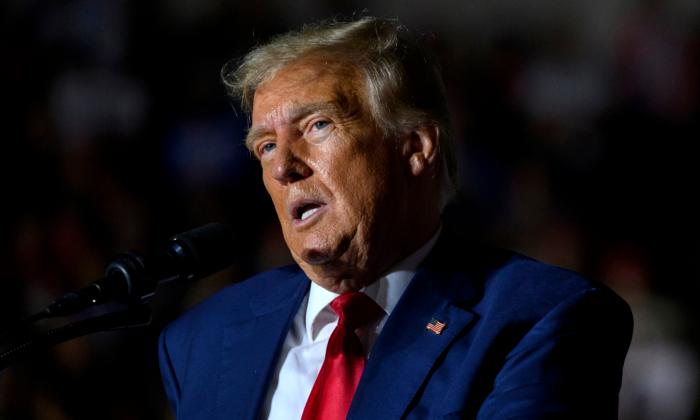China has announced import tariff reductions on more than 700 goods starting from Jan. 1, in a new round of tariff cuts aimed at opening the economy amid trade tensions with the United States.
Import tariffs on so-called alternative meals, which include rapeseed meal, cotton meal, sunflower meal, and palm meal, will be removed from Jan. 1, 2019, according to a statement published by the finance ministry on its website on Dec. 24.
“This is basically getting ready for a rainy day, as commercial purchases of U.S. soybeans haven’t kicked off and, so far, it’s been just the state-owned firms that have done the buying,” said Monica Tu, analyst with Shanghai JC Intelligence Co. Ltd.
“Though the volume of alternative meal imports is not that huge, they can substitute soy. [The tax removal] is basically offering end users more options.”
Beijing had previously sought ways to cut protein levels in animal feed and import more alternative meals, to reduce its reliance on U.S. soybean shipments.
Import tariffs for materials used in some pharmaceutical goods will also be slashed to zero, according to China’s Ministry of Finance.
High-tech imports will be subject to “relatively low” tariffs, including 1 percent for a type of aircraft engine and 5 percent for a type of robot used in car assembly lines.
The country will also scrap export tariffs on 94 products from the New Year, including fertilisers, iron ore, coal tar, and wood pulp. Tariffs for these goods are currently set at 40 percent.
US-China Trade Talks Make Progress
While tariff cuts will apply to U.S. products, most goods will still be subject to retaliatory tariffs as the two countries negotiate to resolve their disagreements over trade.The tariff announcement comes after the U.S. and China conducted a new round of trade talks on Dec. 21, at which both parties achieved “new progress”, according to China’s Ministry of Commerce.
The two countries held vice-ministerial level talks via teleconference, and engaged in a “deep exchange of views” on trade imbalances and the protection of intellectual property rights, a Dec. 23 statement on the commerce ministry’s website said. Both issues are key concerns the United States pressed for amid the trade war that engulfed the two countries for most of 2018.
The statement also said the two sides discussed arrangements for the next call and future visits. The talks followed an earlier call on Dec. 19, announced by the ministry in a brief statement the same day.
The United States has not yet commented on the latest round of trade talks.
The two countries are negotiating stronger Chinese protections for U.S. intellectual property, an end to forced technology transfers, and greater market access to China for U.S. companies. If an agreement is not reached by March 1, the United States will proceed with a planned tariff increase from 10 to 25 percent on $200 billion worth of Chinese goods.





